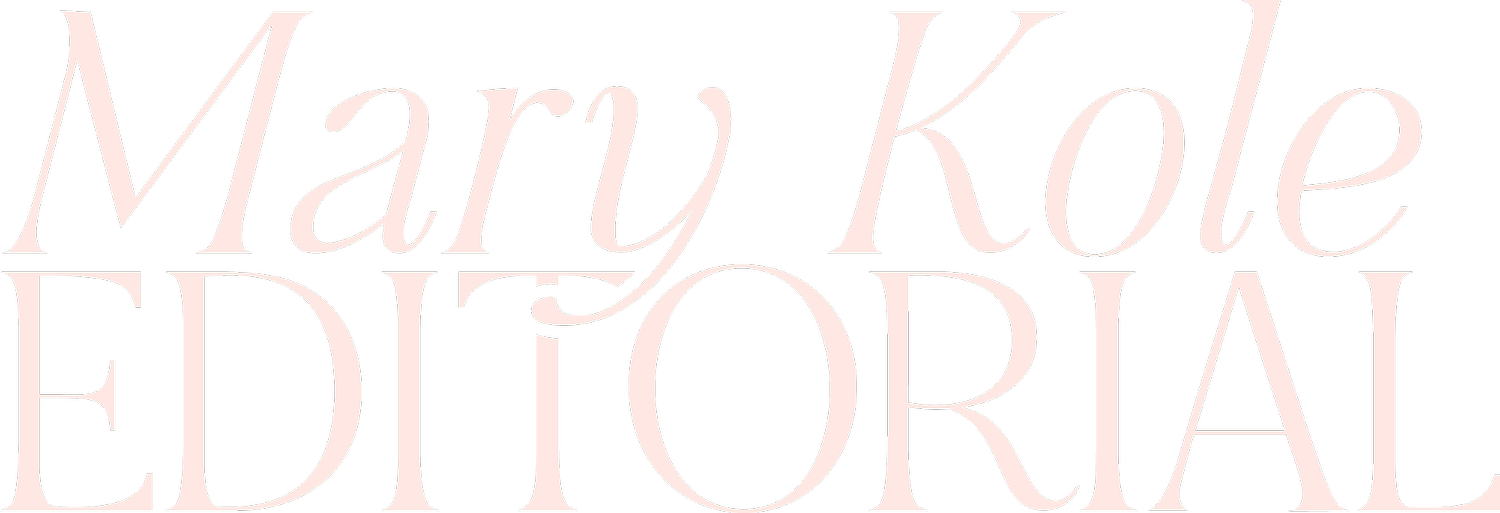Using Speech Tags for
Effective Dialogue
By Mary Kole
Mary Kole is a former literary agent, freelance editor, writing teacher, author of Writing Irresistible Kidlit, and IP developer for major publishers, with over a decade in the publishing industry.
Dialogue is an important element of any creative writing or storytelling, and speech tags can help dialogue sing. When done well, dialogue is the heart of scene, and can help bring your characters to life. It provides readers with a glimpse into the minds of your characters, and gives them action to pursue as they move the plot along. However, dialogue writing can be tricky. Knowing when and how to use speech tags is essential for writing effective dialogue that engages readers. In this article, we'll discuss what speech tags are, why they're important, and introduce some other ideas that every writer should have in mind when approaching dialogue.
What are Speech Tags?
Speech tags (also known as attribution tags or dialogue tags) are short phrases and words used to introduce a line of dialogue or indicate who is saying what in a conversation between two or more people. Speech tags can also be used to describe how something was said (e.g., angrily, sarcastically), though I recommend going easy on the adverbs and fancy “said” synonyms. Overdoing the speech tags is often seen as the mark of an amateur writer who is trying a bit too hard.
Often, writers will use verbs like “said” or “asked” as their default speech tags, and this is fine, because these words tend to disappear on the page and not call attention to themselves. (Remember, the content of the dialogue is the focus of scene, not the speech tags.)
However, there are many other words that can be used to give your dialogue more flavor. Here's a list of some useful speech tags:
Announced
Argued
Explained
Mumbled
Replied
Whispered
Yelled
Boomed
Exclaimed
Murmured
Retorted
Replied
Shouted
Gasped
Snapped
Declared
Interjected
Pronounced
Joked
Stammered
Lectured
Suggested
Remarked
Finding the Right Balance With Speech Tags
The above speech tags can help add texture and emotion to your dialogue by conveying how the characters are feeling in any given moment. You can also use action, body language (though don’t go overboard), and interiority (for your point of view character) to round out how to convey what a character is thinking.
For example, someone shouting could convey anger or excitement while someone whispering could convey secrecy or intimacy. Someone hunched over (to go along with the speech tags you choose) could seem shy or retiring as well.
But remember to keep a lid on speech tags overall. They can easily become overused. “Said” and “asked” are the gold standards, and you might find that you don’t want anything more ostentatious except in extraordinary circumstances. It can become too distracting for the reader and take away from the flow of the story. Instead, use them sparingly but strategically so that they add depth and authenticity without seeming forced or artificial.
Additionally, try not to rely too heavily on adverbs when introducing dialogue (i.e., don't write "he said angrily"). Let the context of the conversation and the character's actions do most of the work, along with a limited assist from your speech tags.
Dialogue is an essential part of storytelling. It helps bring characters to life and gives readers insight into their thoughts and feelings at any given moment. It also allows them to drive scenes and go after what they want, making them an active protagonist instead of passive.
Knowing when and how to use speech tags correctly is key for writing effective dialogue that engages readers without being too distracting or cliché. As with everything, your job is to experiment with speech tags and find the right balance for your own writing voice.


